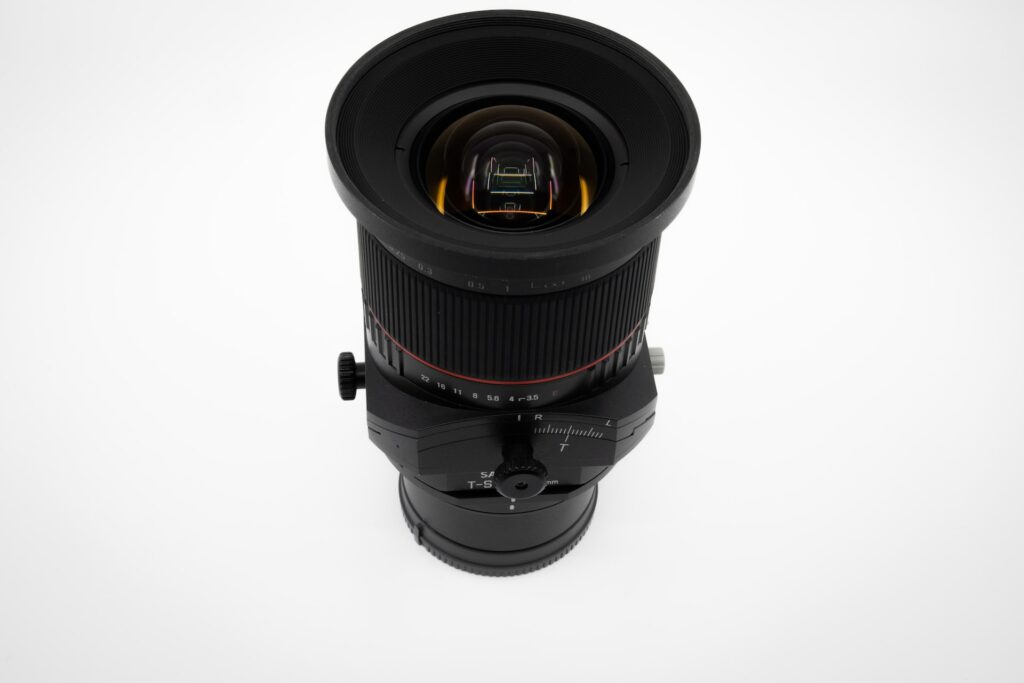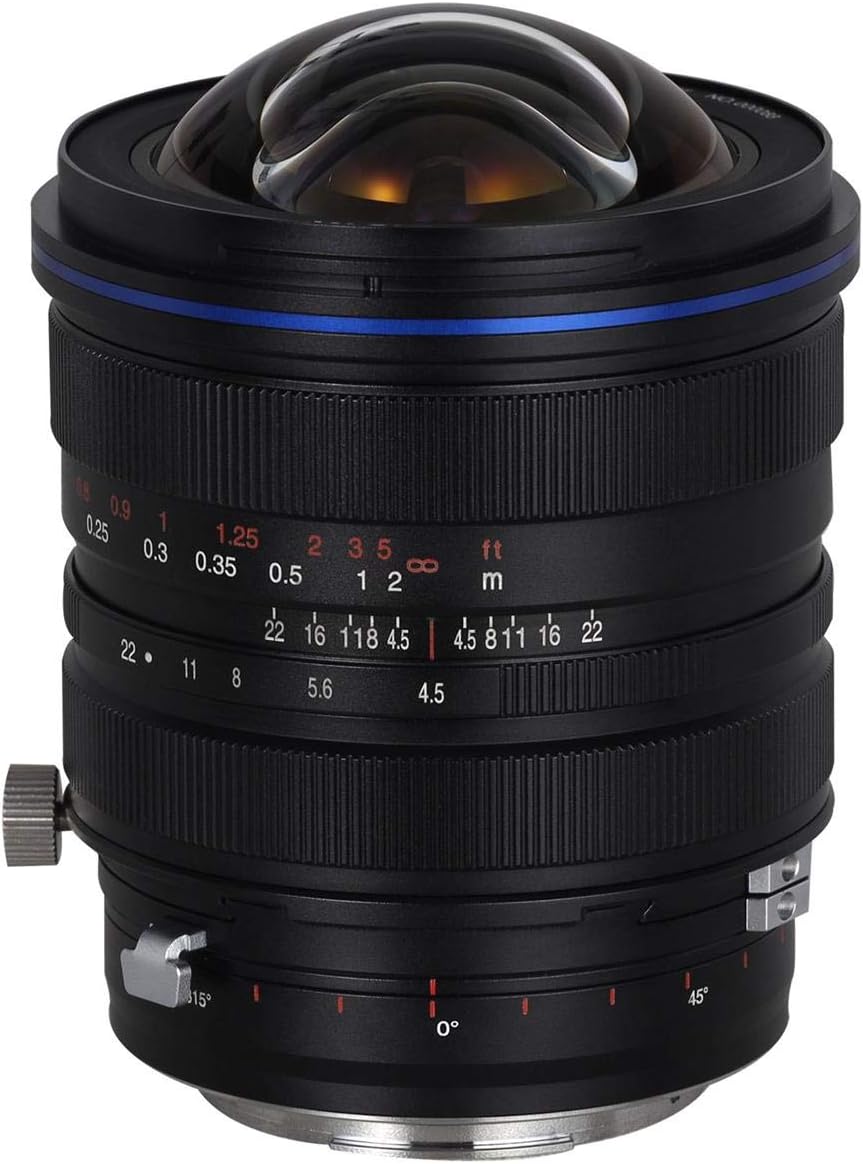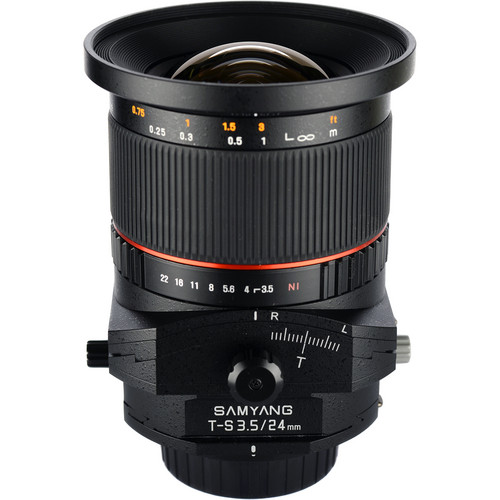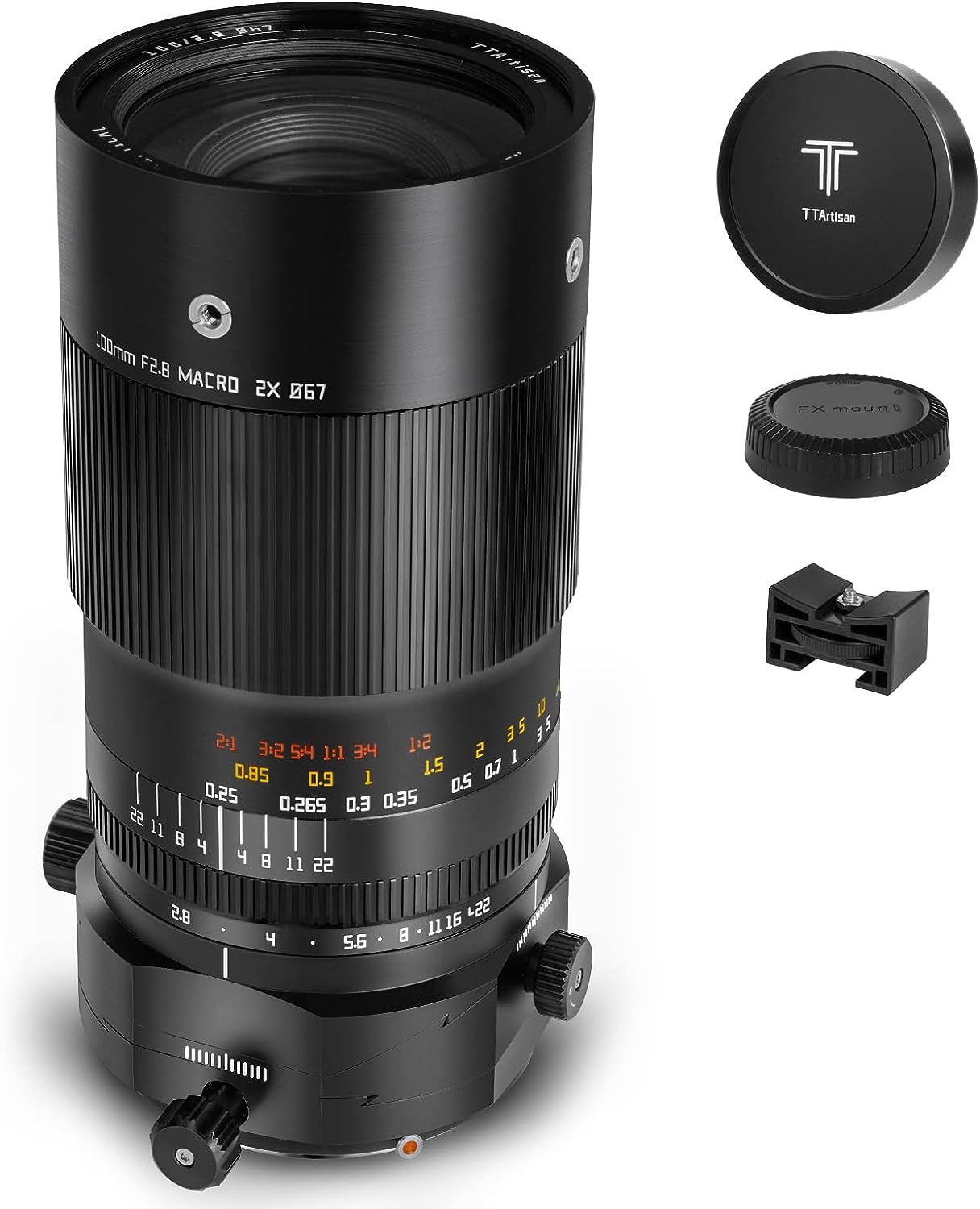Table of Contents
3 Best Sony Tilt Shift Lens in 2023: How to Choose and Use Them
Tilt shift lenses are special types of lenses that allow you to control the perspective and depth of field of your images. They are often used for architectural, landscape, and product photography, as well as for creating artistic effects. In this article, we will explore the best Sony tilt shift lens options available in 2023, and how to use them effectively. Whether you are a professional photographer or a hobbyist, you will find some useful tips and tricks to make the most of these lenses.
What is a Tilt Shift Lens?
A tilt shift lens is a lens that can tilt and shift independently from the camera body. This means that you can change the angle and position of the lens relative to the sensor, without moving the camera itself. By doing so, you can manipulate the plane of focus and the perspective of your image.
Tilting the lens allows you to change the plane of focus from parallel to the sensor to an oblique angle. This enables you to increase or decrease the depth of field, depending on the direction of the tilt. For example, you can tilt the lens downward to create a large depth of field that covers everything from the foreground to the background, even at a wide aperture. This is useful for landscape photography, where you want everything in focus.

Alternatively, you can tilt the lens upward to create a very shallow depth of field that isolates a small area of your subject, even at a small aperture. This is useful for product photography, where you want to draw attention to a specific detail.
Shifting the lens allows you to change the position of the lens relative to the sensor, without changing the angle. This enables you to correct or create perspective distortion, depending on the direction of the shift. For example, you can shift the lens upward to eliminate converging verticals in architectural photography, where buildings appear to lean inward when photographed from below. Alternatively, you can shift the lens sideways to create panoramic images without stitching multiple shots together.
Why Use a Sony Tilt Shift Lens?
A tilt shift lens can offer several advantages over a regular lens, depending on your photographic goals. Here are some of the main reasons why you might want to use a tilt shift lens:
- To control perspective: A tilt shift lens can help you correct or create perspective distortion in your images. You can use it to straighten lines, avoid cropping, and create a sense of depth and scale.
- To control depth of field: A tilt shift lens can help you control the depth of field in your images. You can use it to increase or decrease the amount of blur in your background and foreground, and create selective focus effects.
- To create artistic effects: A tilt shift lens can help you create artistic effects in your images. You can use it to simulate miniature scenes, create abstract shapes, and enhance colors and contrast.
How to Choose a Sony Tilt Shift Lens?
There are several factors that you need to consider when choosing a tilt shift lens for your Sony camera. Here are some of the most important ones:
- Focal length: The focal length of a tilt shift lens determines how wide or narrow your angle of view is. Generally speaking, wider focal lengths are better for landscape and architecture photography, while longer focal lengths are better for product and portrait photography.
- Maximum aperture: The maximum aperture of a tilt shift lens determines how much light it can gather and how shallow your depth of field can be. Generally speaking, larger apertures are better for low-light situations and creating bokeh effects, while smaller apertures are better for sharpness and detail.
- Tilt range: The tilt range of a tilt shift lens determines how much you can tilt the lens relative to the sensor. Generally speaking, larger tilt ranges are better for creating more dramatic depth of field effects and correcting more severe perspective distortion.
- Shift range: The shift range of a tilt shift lens determines how much you can shift the lens relative to the sensor. Generally speaking, larger shift ranges are better for creating wider panoramas and correcting more extreme perspective distortion.
- Image quality: The image quality of a tilt shift lens depends on various factors such as optical design, coating, construction, and performance. Generally speaking, higher quality lenses produce sharper, clearer, and more accurate images with less distortion, aberration, flare, and vignetting.
Best Sony Tilt Shift Lens Options in 2023
Sony does not produce its own tilt shift lenses for its E-mount cameras. However, there are several third-party options available from other manufacturers such as Laowa, Samyang, TTartisan, and others. Here are some of the best Sony tilt shift lens options that you can find in 2023:
Laowa 15mm f/4.5 Zero-D Shift | Sony Tilt Shift Lens

Laowa 15mm f/4.5 Zero-D Shift is currently the World’s Widest Shift lens for full frame cameras and medium format cameras.
This is one of the widest tilt shift lenses available for Sony E-mount cameras. It has a 15mm focal length that offers a 110-degree angle of view, ideal for capturing expansive landscapes and architectures. It has a maximum aperture of f/4.5 that provides decent low-light performance and depth of field control.
It has a tilt range of +/- 11 degrees and a shift range of +/- 8mm, allowing you to manipulate the perspective and focus of your images. It also has a zero-distortion design that minimizes optical distortion and aberration, resulting in high-quality images
Samyang Tilt-Shift 24mm f/3.5 ED AS UMC | Sony Tilt Shift Lens

The 24mm f/3.5 ED AS UMC Tilt-Shift Lens for Canon from Samyang is a wide-angle, full-frame lens fitted with perspective control and tilt-shift functions.
This is a versatile tilt shift lens that can suit various types of photography. It has a 24mm focal length that offers a 83.5-degree angle of view, suitable for capturing wide scenes and subjects.
It has a maximum aperture of f/3.5 that provides good low-light performance and depth of field control. It has a tilt range of +/- 8.5 degrees and a shift range of +/- 12mm, allowing you to manipulate the perspective and focus of your images. It also has an ultra-multi-coating that reduces flare and ghosting, resulting in high-quality images.
TTartisan Tilt&Shift 100mm F/2.8 2X Ultra Macro | Sony Tilt Shift Lens

2:1 Maximum Magnification: The TTartisan 100mm F2.8 Macro provides up to 2x macro coverage, it has a manual focus design to suits its macro capabilities, which permit working with subjects as close as 2:1 with a minimum focusing distance of 25cm (9.8)”
This is a unique tilt shift lens that can also function as a macro lens. It has a 100mm focal length that offers a 24-degree angle of view, ideal for capturing close-up details and portraits. It has a maximum aperture of f/2.8 that provides excellent low-light performance and depth of field control.
It has a tilt range of +/- 10 degrees and a shift range of +/- 10mm, allowing you to manipulate the perspective and focus of your images. It also has a 2x magnification ratio that enables you to capture stunning macro shots with incredible sharpness and clarity.
How to Use a Sony Tilt Shift Lens?
Using a tilt shift lens can be challenging at first, as it requires manual adjustments and precise settings. Here are some basic steps that you can follow to use a tilt shift lens effectively:
- Mount the lens on your camera and set it to manual mode.
- Set the aperture, shutter speed, and ISO according to your desired exposure and depth of field.
- Set the focus distance by rotating the focus ring on the lens.
- Set the tilt angle by rotating the tilt knob on the lens.
- Set the shift amount by sliding the shift knob on the lens.
- Check the composition and focus on your camera’s LCD screen or viewfinder.
- Take the shot and review the result.
Conclusion | Sony Tilt Shift Lens
Tilt shift lenses are powerful tools that can help you create stunning images with creative control over perspective and depth of field. They are especially useful for architectural, landscape, product, and portrait photography, as well as for artistic effects. However, they are also expensive, complex, and require manual operation. Therefore, they are not for everyone, but only for those who are willing to invest time and money to master them.
Here are some key points to remember when choosing and using a tilt shift lens:
- A tilt shift lens can tilt and shift independently from the camera body, allowing you to manipulate the plane of focus and the perspective of your image.
- A tilt shift lens can help you correct or create perspective distortion, control depth of field, and create artistic effects in your images.
- A tilt shift lens requires manual adjustments and precise settings, so you need to practice and experiment with it before using it for serious work.
- A tilt shift lens is not compatible with autofocus or image stabilization systems, so you need to use a tripod or a steady hand when shooting with it.
- A tilt shift lens is not available from Sony itself, but from third-party manufacturers such as Laowa, Samyang, TTartisan, and others.
- A tilt shift lens comes in different focal lengths, apertures, tilt ranges, shift ranges, and image quality levels, so you need to choose one that suits your needs and budget.
We hope this article has helped you understand what is a tilt shift lens, why use it, how to choose it, and how to use it. If you have any questions or comments, feel free to leave them below. Happy shooting!


